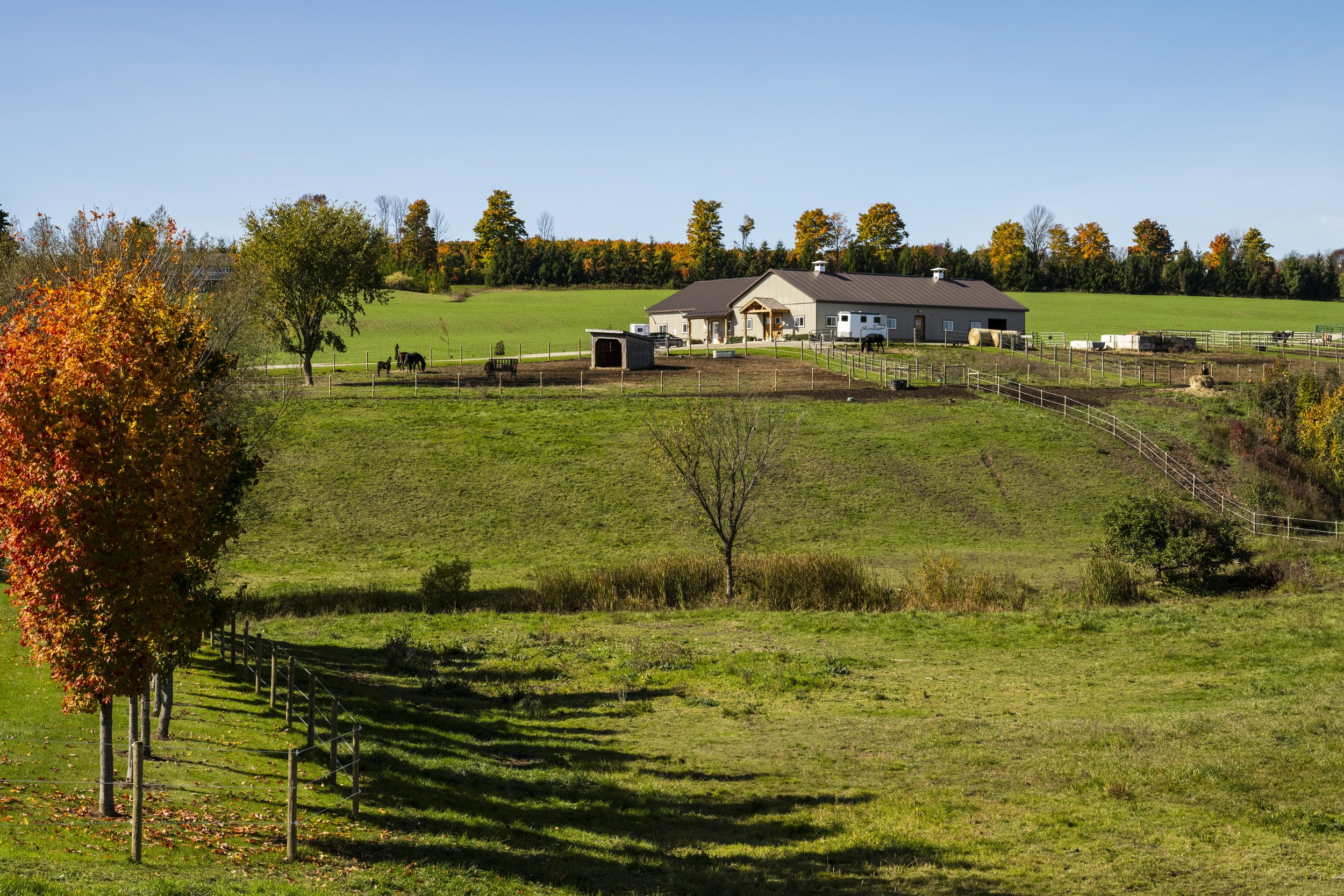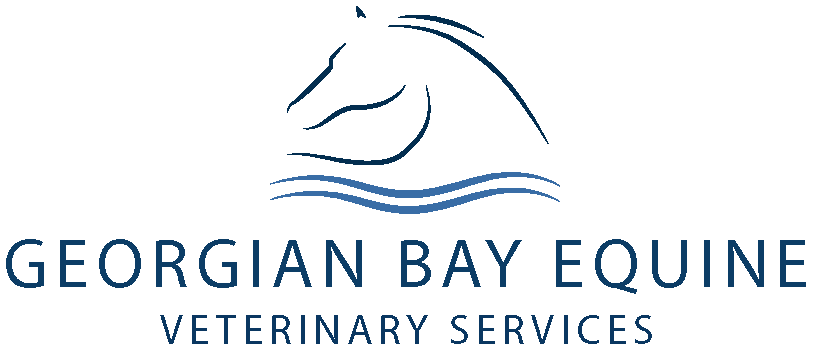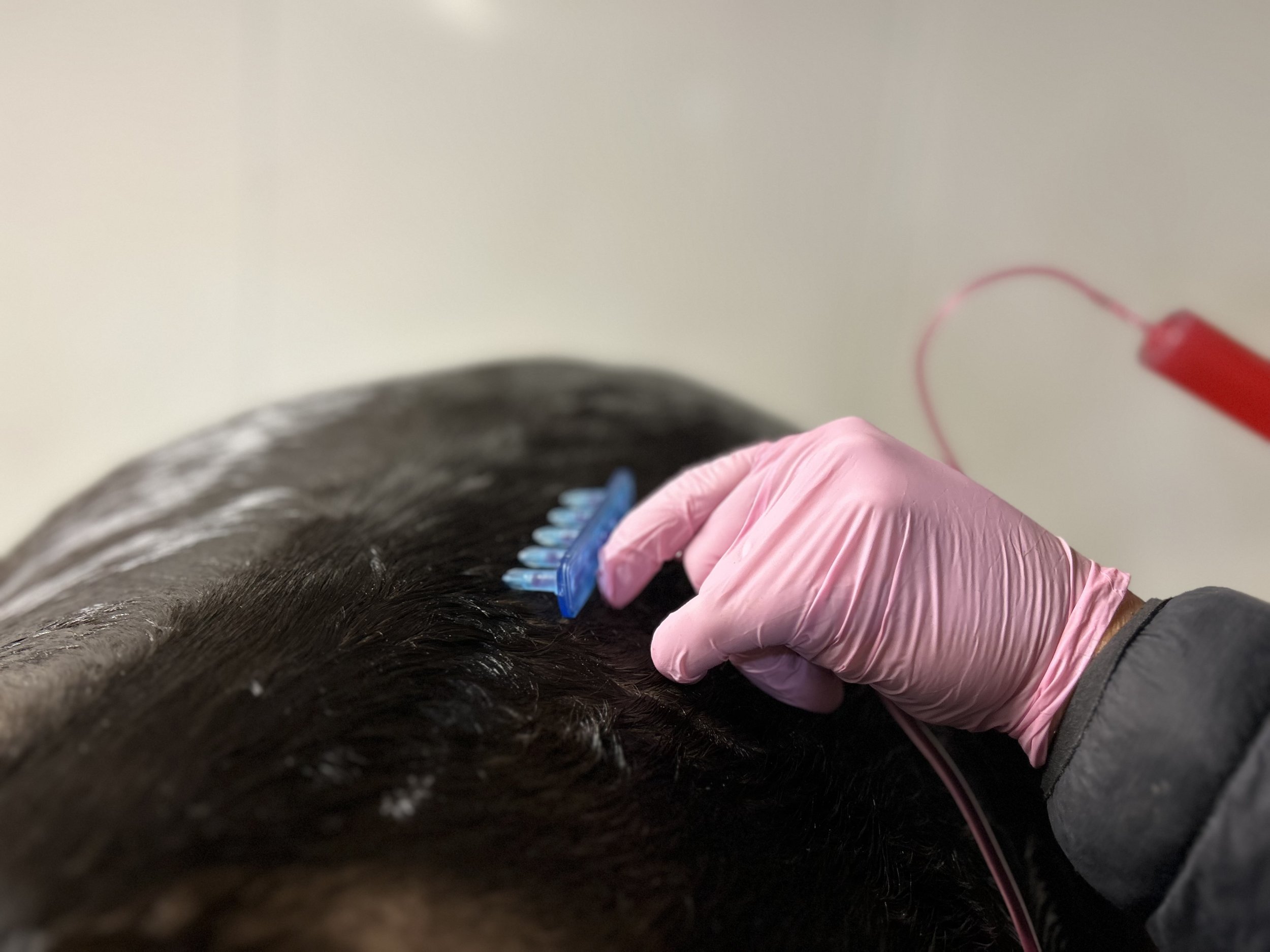
Regenerative Therapies
Shockwave Therapy, Prostride Regenerative Medicine, Class IV Laser
We strive to offer an integrative, progressive approach when managing your horse’s injuries.
Shockwave Therapy:
What is it? How does it work?
-Electrohydraulic, focused shock wave therapy offers a non-invasive, effective method to treat a variety of injuries.
-Shockwave therapy increases blood supply to the affected area, stimulating tissue and bone formation, while reducing pain and inflammation in the area
-Regenerative effect in healing tissue as well as managing a variety of sources of pain, such as muscle, nerve, bone and joint pain
Useful In Treating:
Back and neck pain (kissing spines , sacroiliac pain, cervical facet arthritis)
Ligament and tendon injuries
Bone trauma and pain (splints, bucked shins)
Joint pain (ringbone, hock and stifle pain)
Foot pain/navicular syndrome
Shockwave therapy can be performed on your farm and may be repeated, typical regime is 1-2 treatments, repeated as needed.
www.pulsevet.com
SERVICES
Pro Stride APS Therapy:
What is it? How does it work?
Pro Stride is a unique “point-of -care” blood based treatment system that provides an all-natural, patient tailored treatment. -Different kits give different treatment products : PRP (platelet rich plama) or ProStride APS, which contains the potent anti-inflammatory IRAP product
-PRP can be injected into tendon or ligament injuries or joints and the Pro Stride APS product is used mainly to treat joint inflammation and injuries
-Can be substituted for traditional cortisone/steroid joint therapies, providing longer acting, safer treatment for the joint
-Well-tolerated by patients sensitive to steroids
-Portable system allows for on-farm or in-clinic treatment, products ready for injection in 20 minutes!
Useful In Treating:
Joint arthritis and synovitis (hocks, stifles, coffin joints, fetlocks etc…, especially if non-responsive to other treatments
Tendon and ligament injuries, especially with core lesion or more significant tearing
Non-healing wounds or eye ulcers
www.omveterinary.com
Class IV Laser Therapy:
What is it? How does it work?
-Laser therapy is the use of specific wavelengths of light to create a therapeutic effect
-Increases tissue circulation and oxygenation, creating an optimal healing environment, reducing inflammation, muscle spasms, stiffness and pain
-Class IV is the strongest grade of therapy Laser, available only to health care professionals. Delivers therapeutic doses to deeper tissues in a shorter amount of time.
-Multiple wavelengths (4) built in to maximize benefits of laser therapy, from skin to deep tissue
-Portable, wireless system allows for easy on-farm treatment. A typical treatment takes less than 5 minutes!
Useful In Treating:
Soft tissue tendon and ligament injuries, especially when acute swelling is present
Back and neck pain
Any acute swelling or trauma ( muscle, joint, bone)
Joint arthritis and synovitis (hocks, stifles, coffin joints, etc…
Wounds (especially non-healing)
Laser Therapy is extremely well-tolerated by the patient. A typical treatment regime would involve around 6 treatments, although it can be repeated beyond that.
Treatment package rates are available.
Mesotherapy
Mesotherapy is a treatment that stimulates the mesoderm, the middle layer of skin. Shallow needles are used to inject medications into your horses’ back or neck. By treating these areas, the aim is to relieve several symptoms that your horse may have due to back/neck pain, injury, muscle tension, etc. Our goal in using Mesotherapy is to ‘break the pain cycle’ and provide relief while working to rehabilitate your horse. In addition to mesotherapy, we often use chiropractic adjustments, ESWT (shockwave therapy) and more invasive therapies such as direct joint injections.
This treatment can be used once, or if positive results are seen, can be used several times per year to keep your equine feeling comfortable. It is entirely dependent on the chronicity and causes of the condition


